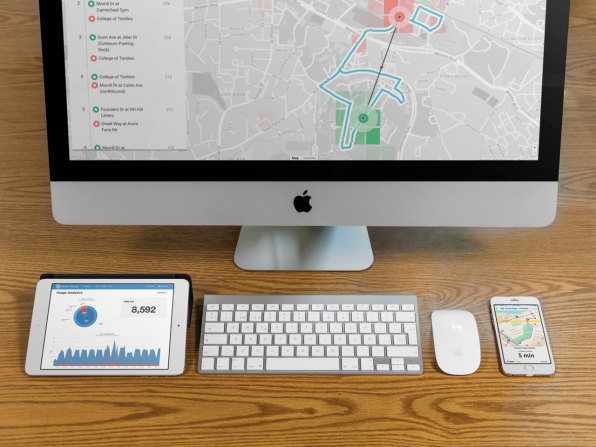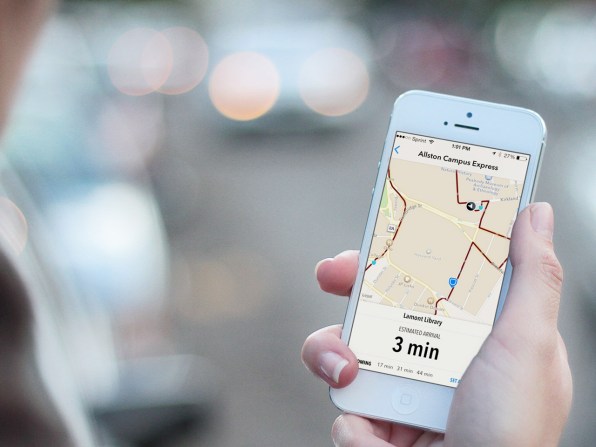How To Turn Off Speeding Alerts In Uber Driver App
For those that have the cash, it keeps getting easier and more compelling to avoid public transit. Private buses like Bridj and Leap Transit crunch data to give people the fastest commute possible. UberPool and Lyft Line find riders going in the same direction to offer an option that's cheaper than a taxi and as much as twice as fast as waiting as a bus stop.
Public transportation agencies have noticed, and they're worried about losing riders. Now a startup hopes to help city buses catch up to current technology–and start offering flexible, on-demand services along with the fixed routes that have been standard for the last century.

"The almost-universal adoption of mobile technologies has already shifted consumer and rider expectations in many respects, and mass transit is realizing they need to adapt very quickly," says Doug Kauffman, CEO of TransLoc, the startup, which is building an app to help agencies quickly identify where riders are actually traveling so cities can start to offer services tailored to those needs.
"Private transportation is a very popular investment right now, which means there is a big influx of cash and a lot of new companies that are able to innovate very quickly," he says. "This puts a lot of pressure on public transit to respond and establish what role transit will play in the future."
Riders using TransLoc's app, currently a prototype, give it permission to follow their route as they ride. That data builds maps that agencies can use to make routes more efficient, and eventually offer on-demand services. Someone could, for example, someday use the app to request a bus, and the system could quickly crowdsource a route to pick up several riders with a small bus or van.
"It would help agencies provide a transit service that is truly rider-centric: Vehicles coming to you, on your schedule, taking your location and destination into consideration," says Kauffman. "When asked, most people say they don't use mass transit because it requires significant time and effort to reach their destination. Take my commute, for example–-by car it's 10 minutes, by bus it's 90 minutes. This is not unusual, and it reduces the number of people for whom transit is a good option. We can help transit do better."

Some cities, like Helsinki, are already experimenting with similar systems. Transloc thinks that on-demand systems may become common.
"I think it's possible that all transit agencies will include an on-demand service as part of their overall offering," Kauffman says. Fixed routes won't and shouldn't be eliminated entirely; there's still a big place for them in any transit system. Balancing the two is the ideal, so while an on-demand option may not be viable for every agency, the platform we're building makes it possible for agencies to do that if they choose."
Public transit, with $40 billion in funding every year, is unlikely to go away anytime soon. But integrating new technology may help it keep more customers, get more people out of cars, and keep a vital service efficient for those who can't afford other options.
"Public transit is intrinsically linked to jobs and social mobility," says Kauffman. "If public transit becomes only for those who can't afford the private alternative, and the service provided is less than ideal, it limits people's opportunities. We know public transit can thrive with investment and innovation in a way that serves everyone well. That's why our mission is to take it from last resort for some to first choice for all."
The app, in testing now with a few agencies, will be launched as a full product later this year or early in 2016.
How To Turn Off Speeding Alerts In Uber Driver App
Source: https://www.fastcompany.com/3045156/this-app-wants-to-help-public-transit-compete-with-uber
Posted by: nashtheken.blogspot.com

0 Response to "How To Turn Off Speeding Alerts In Uber Driver App"
Post a Comment